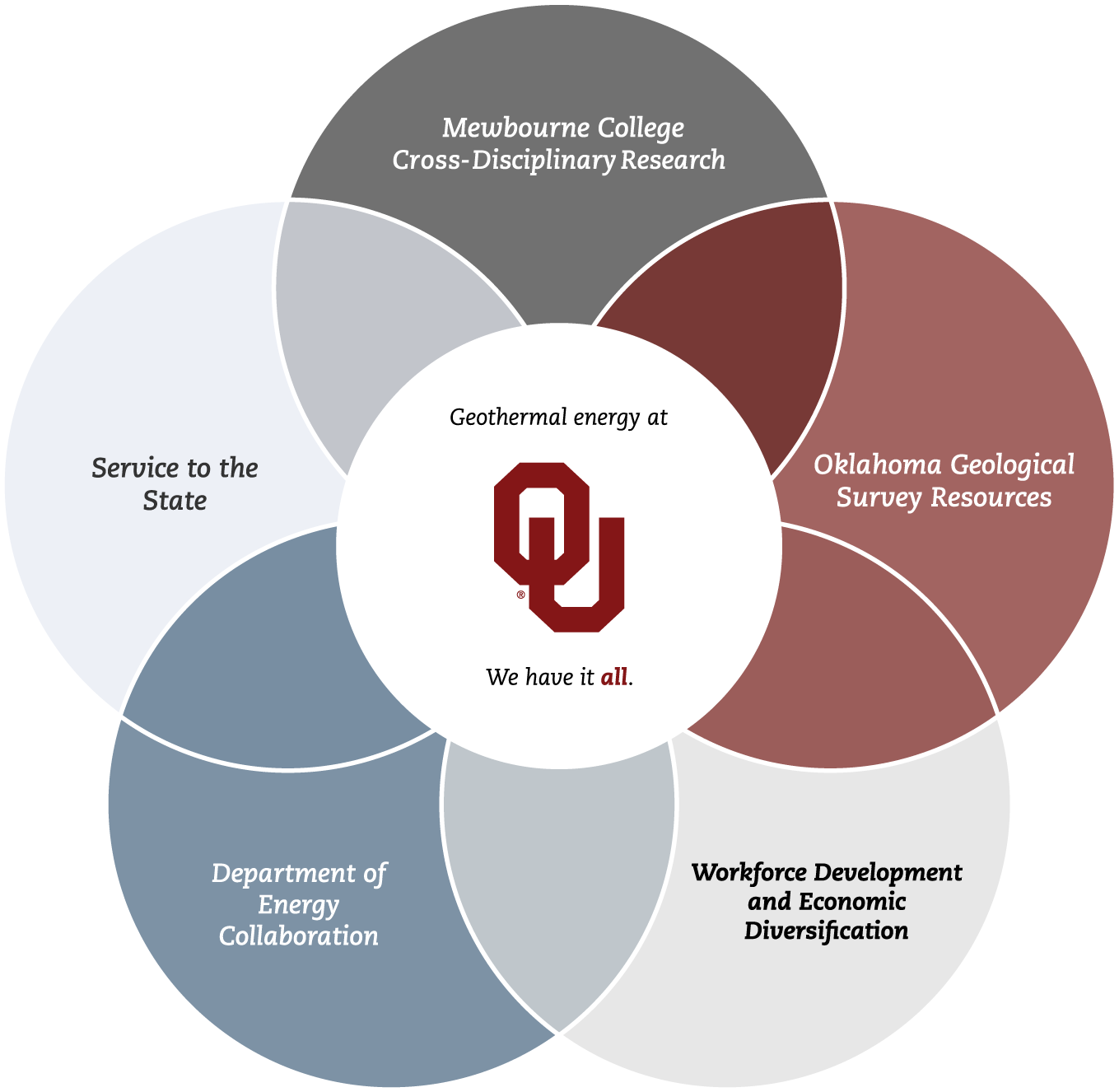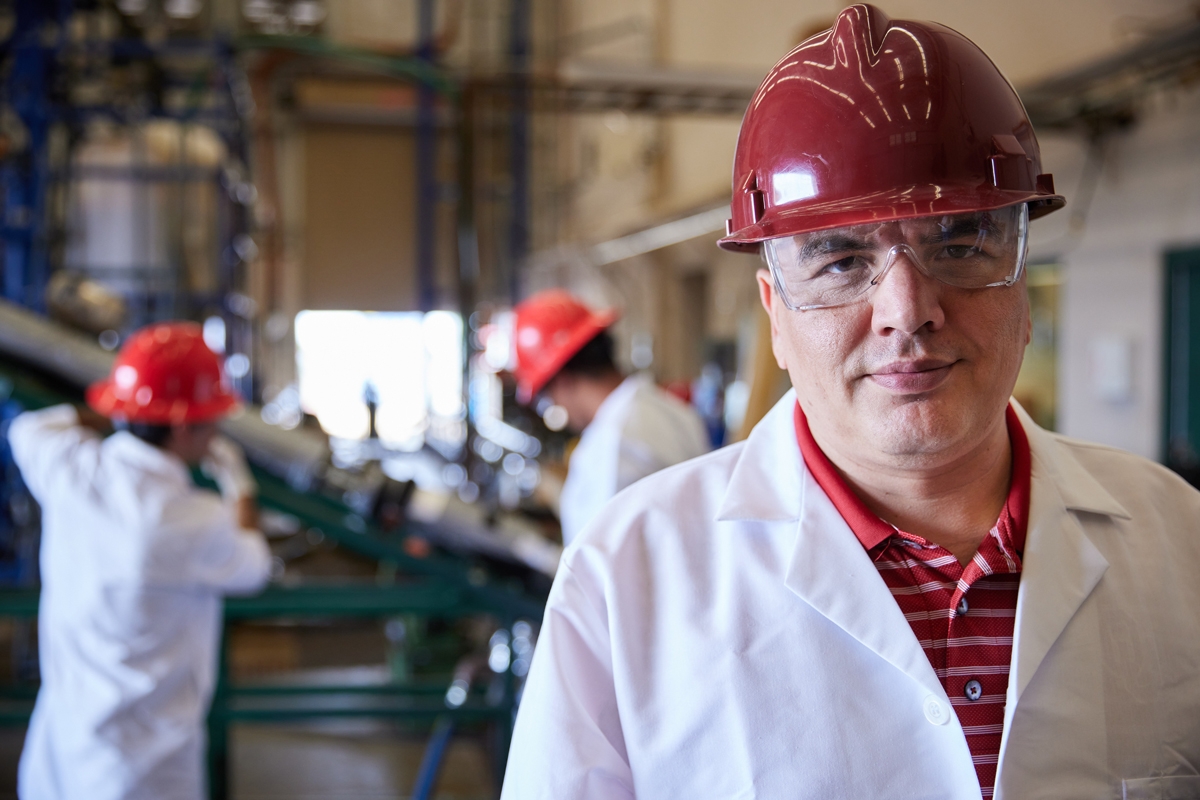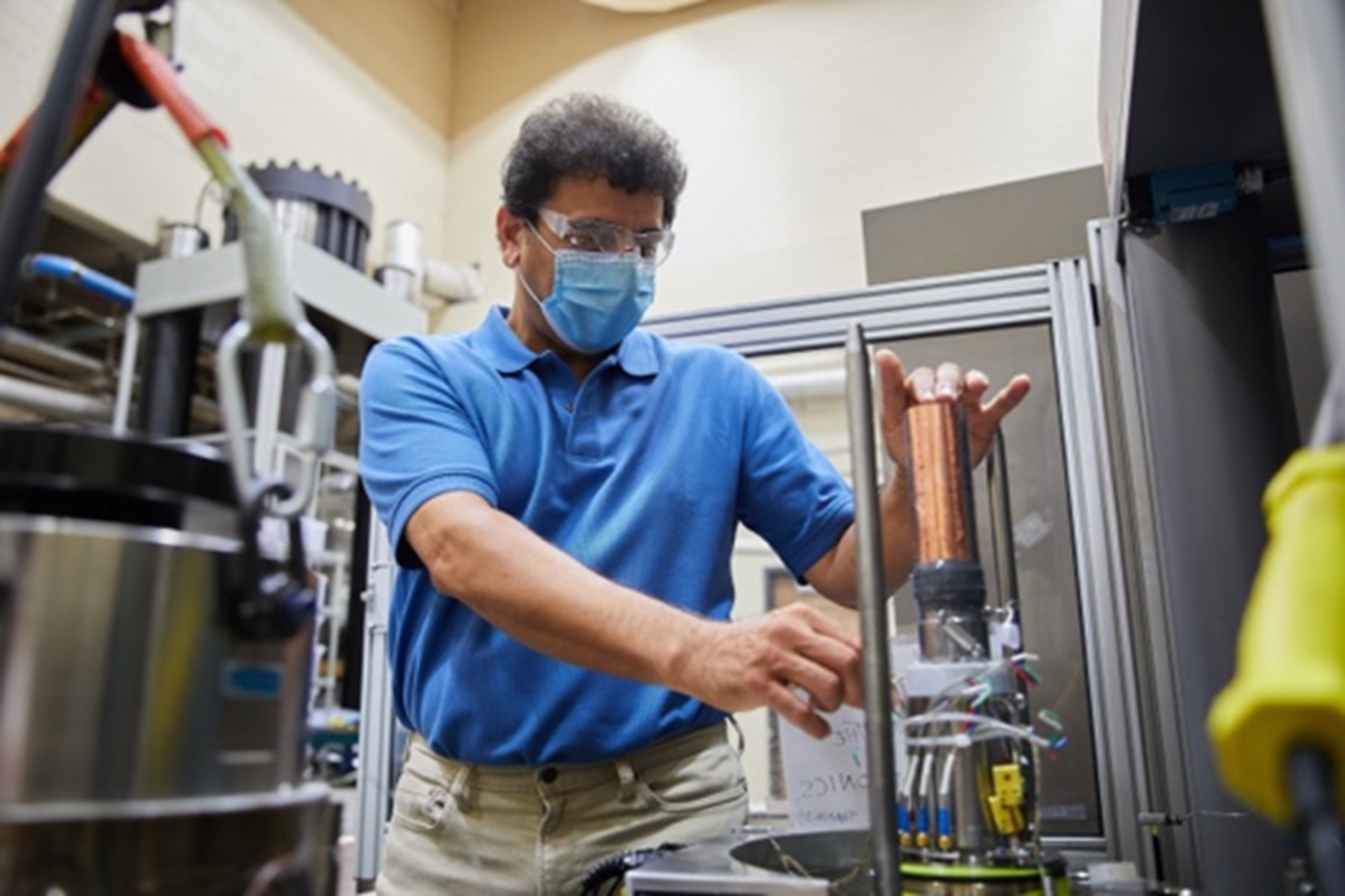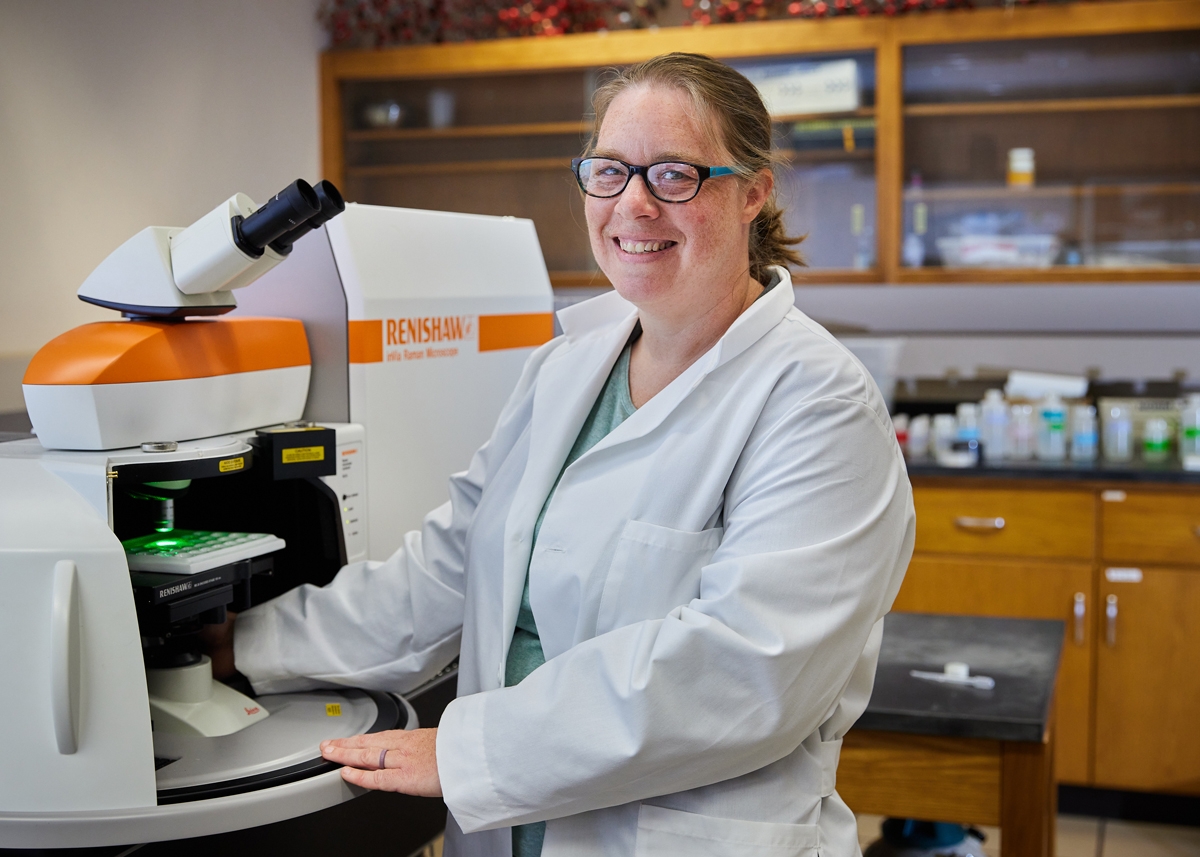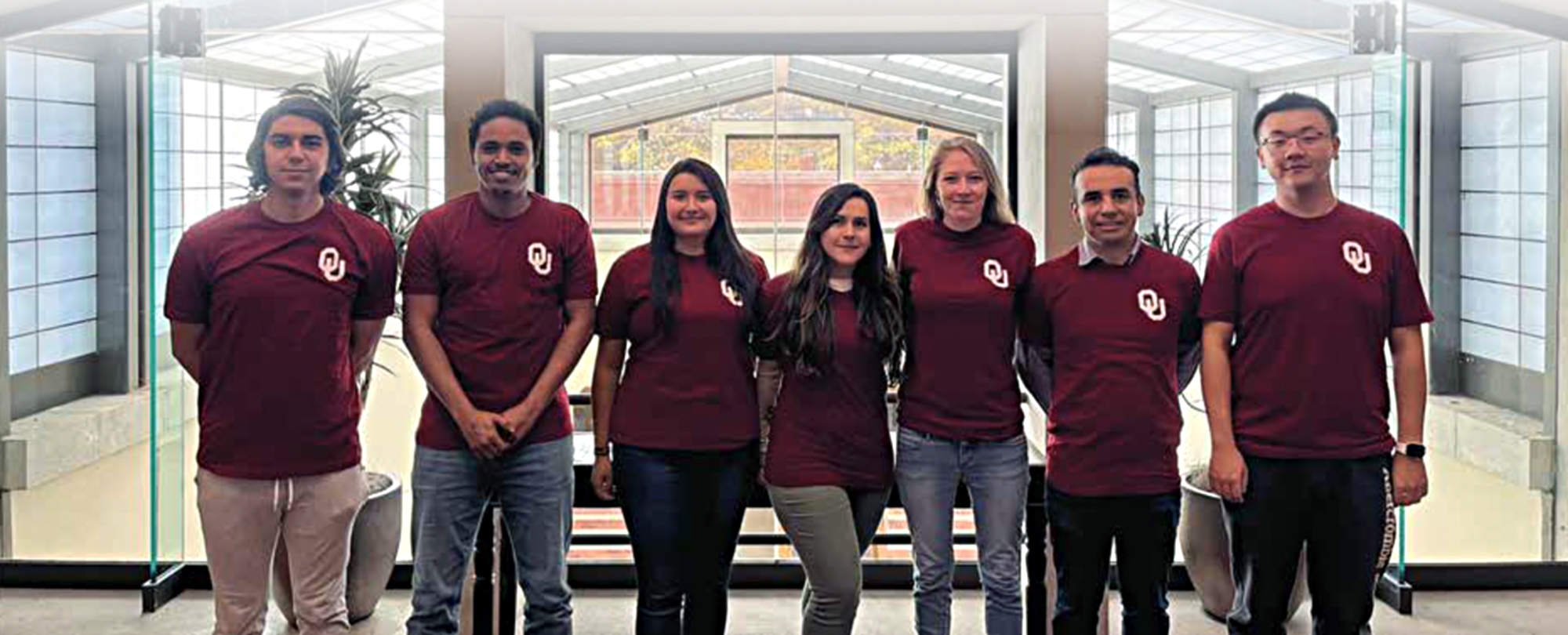The University of Oklahoma is pioneering new geothermal energy developments that leverage the state of Oklahoma’s longstanding oil and gas expertise. This innovative research and development has the potential to bring new jobs to Oklahoma, diversify the economy, and leverage the skills of Oklahoma’s oil and gas energy workforce, while also training the workforce of the future to ensure the state remains a leader in the nation’s domestic energy production.
Geothermal energy uses the Earth’s natural heat to create energy. There are two methods for gathering and using geothermal energy. Both involve tapping geothermal hotspots deep below the Earth’s surface that contain water heated by the planet’s core.
Engineers can harness steam to create energy and provide sustainable baseload power to the grid. They can also pipe hot water up from deep within the Earth and use it to heat buildings.
The U.S. is the largest producer of geothermal power in the world; however, a common misconception is that production from geothermal energy is only feasible in regions with the hottest geothermal activity, like Hawaii, California and Nevada.
OU researchers have not only disproved this misconception but have also identified Oklahoma as a prime location for geothermal power. A multi-disciplinary research team at OU is gaining momentum and providing a unique opportunity for researchers and Oklahomans alike.
“OU is an energy university; we believe geothermal is a key component of the future global energy mix and a source of future sustainable baseload power to the grid. Our top-ranked School of Petroleum Engineering and our world-class geological sciences expertise make OU a world leader in the research, development and application of geothermal energy,” said Tomás Díaz de la Rubia, vice president for research and partnerships at the University of Oklahoma.
OU’s Mewbourne College of Earth and Energy is the only college in the nation to bring together energy and geoscience disciplines. The college also houses the Oklahoma Geological Survey. Mandated in the Oklahoma constitution, OGS serves the state by investigating the state's land, water, mineral, and energy resources, and promoting the wise use of the state’s natural resources.


